Ford Blue Vs Gold Certified? In the world of pre-owned vehicles, the choice between Ford Blue Certified and Ford Gold Certified can be a crucial decision for potential buyers. Both certifications offer a level of assurance and quality, but they come with distinct features and benefits.
In this comprehensive guide, we will delve into the key differences between Ford Blue and Ford Gold Certified programs to help you make an informed decision when shopping for your next Ford vehicle.
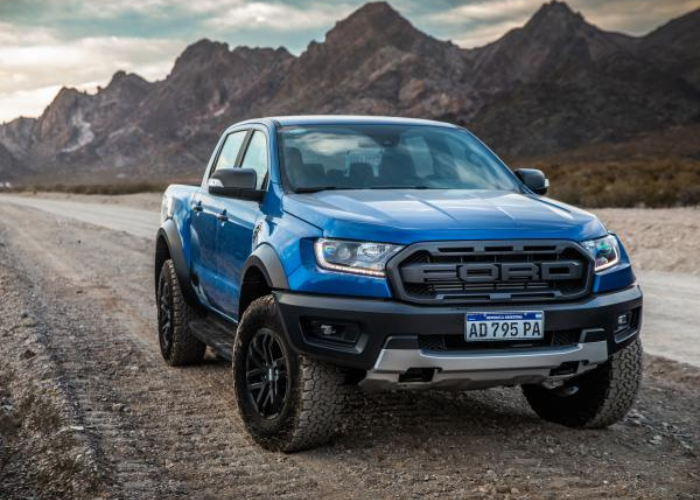
What Are Ford Blue and Gold Certified Programs
The Ford Blue Certified program is designed for late-model used Ford vehicles. To earn this certification, a Ford vehicle must meet several criteria:
Be less than six years old.
Have fewer than 80,000 miles on the odometer.
Pass a comprehensive 139-point inspection by a factory-trained technician.
Have a clean title and no frame damage.
Come with a CARFAX Vehicle History Report.
Vehicles that meet these stringent requirements are then eligible for Ford Blue Certified status, which includes a 90-day/4,000-mile Comprehensive Limited Warranty, a 24/7 Roadside Assistance plan, and a comprehensive reconditioning process using genuine Ford parts.
The Ford Gold Certified program is the premium certification offered by Ford for its used vehicles. To achieve Gold Certified status, a Ford vehicle must meet even more rigorous criteria:
Be less than five years old.
Have fewer than 60,000 miles on the odometer.
Pass a thorough 172-point inspection by a factory-trained technician.
Have a clean title and no frame damage.
Come with a CARFAX Vehicle History Report.
Ford Gold Certified vehicles offer an exceptional level of peace of mind. They include a 12-month/12,000-mile Comprehensive Limited Warranty, a 7-year/100,000-mile Powertrain Limited Warranty, 24/7 Roadside Assistance, and a meticulous reconditioning process using genuine Ford parts.
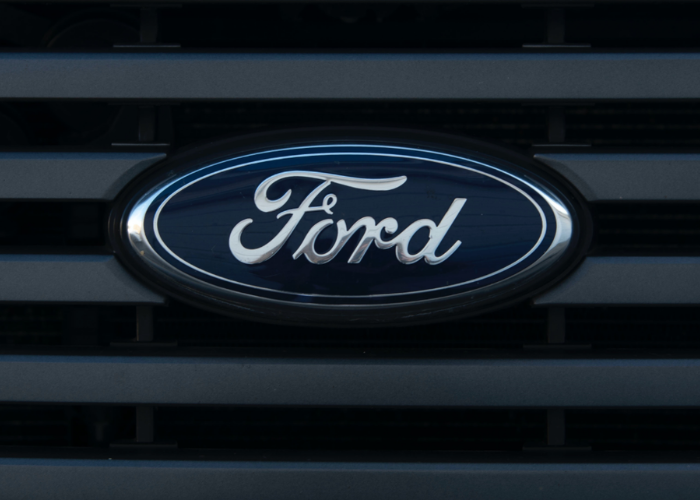
Ford Blue Vs Gold Certified: Age and Mileage Restrictions
When it comes to interior comfort and space, both vehicles excel, but there are some differences worth noting. The Highlander offers a spacious and well-thought-out cabin, with high-quality materials and a user-friendly infotainment system. It comfortably accommodates up to eight passengers with its three-row seating configuration, making it an excellent choice for larger families. The third-row seats are particularly easy to access.
The Durango, on the other hand, is known for its generous interior space and comfortable seating. It comes in both six- and seven-passenger configurations, with the latter featuring second-row captain’s chairs for added luxury. The Durango’s interior is more utilitarian compared to the Highlander, but it still offers a comfortable and practical driving experience.
Warranty Coverage
Performance enthusiasts will find differences in how these two SUVs handle on the road. The Highlander is equipped with a standard V6 engine that delivers a smooth and composed ride. It prioritizes comfort and fuel efficiency, making it an ideal choice for daily commuting and family road trips. However, if you’re looking for a more spirited driving experience, the Highlander Hybrid variant offers impressive fuel economy and a combined power output of up to 243 horsepower.
In contrast, the Durango offers a range of engine options, including a powerful V8. This means you can choose the level of performance that suits your driving style. The Durango’s suspension is tuned for a sportier feel, which results in more engaging handling and better towing capacity compared to the Highlander.

Inspection Process
Both the Highlander and the Durango come with a suite of advanced safety features, but there are differences in their offerings. The Highlander comes standard with Toyota Safety Sense, which includes features like adaptive cruise control, lane departure warning, and automatic emergency braking. It has consistently received high safety ratings from various testing agencies.
The Durango offers several safety features as well, including available adaptive cruise control and blind-spot monitoring. While it may not have the same level of standard safety technology as the Highlander, it still provides ample protection for you and your passengers.
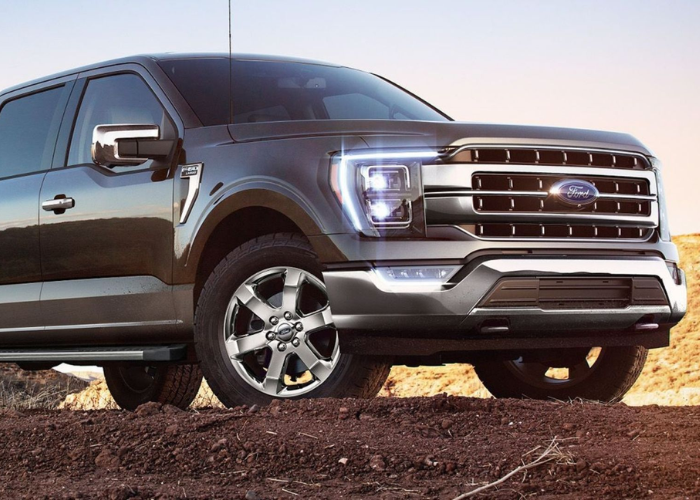
Roadside Assistance
If fuel efficiency is a top priority for you, the Highlander wins the battle, especially in its hybrid version. The hybrid Highlander boasts impressive fuel economy numbers, making it an excellent choice for eco-conscious buyers.
The Durango, with its larger and more powerful engine options, sacrifices some fuel efficiency for performance. It’s important to consider your driving habits and priorities when making a choice in this category.
FREQUENTLY ASKED QUESTIONS
What is the primary difference between Ford Blue Certified and Ford Gold Certified vehicles?
The main difference between these two certifications is the age and mileage restrictions. Ford Blue Certified vehicles can be up to six years old and have up to 80,000 miles on the odometer, while Ford Gold Certified vehicles must be under five years old and have fewer than 60,000 miles.
Are there any warranty differences between Ford Blue and Gold Certified vehicles?
Yes, there are warranty differences. Ford Blue Certified vehicles come with a 90-day/4,000-mile Comprehensive Limited Warranty, while Ford Gold Certified vehicles offer a 12-month/12,000-mile Comprehensive Limited Warranty, as well as a 7-year/100,000-mile Powertrain Limited Warranty for added protection.
How thorough are the inspections for Ford Blue and Gold Certified vehicles?
Both programs involve comprehensive inspections, but Ford Gold Certified vehicles undergo a more extensive 172-point inspection. This ensures that Gold Certified vehicles meet the highest quality standards, making them an excellent choice for those seeking top-notch vehicle condition.
Can you explain the Roadside Assistance coverage for both certifications?
Both Ford Blue and Gold Certified programs include 24/7 Roadside Assistance, offering support in case of emergencies. However, Ford Gold Certified vehicles have an extra layer of coverage due to their longer Comprehensive Limited Warranty and Powertrain Limited Warranty, providing enhanced protection and support.
How do I decide between Ford Blue and Gold Certified for my next vehicle purchase?
Your choice should align with your priorities and budget. If you’re comfortable with a slightly older vehicle and are looking to save money, Ford Blue Certified is an excellent option. However, if you prefer a newer vehicle with more extensive warranty coverage and a higher level of inspection scrutiny, investing in a Ford Gold Certified vehicle is a wise decision. Consider your preferences carefully to make the right choice for your needs.
Conclusion
Choosing between Ford Blue and Ford Gold Certified ultimately depends on your priorities and budget. If you’re comfortable with a slightly older vehicle and want to save some money, the Ford Blue Certified program is an excellent choice. However, if you prefer a newer vehicle with more extensive warranty coverage and a higher level of inspection scrutiny, investing in a Ford Gold Certified vehicle is a wise decision.
In conclusion, Ford’s Blue and Gold Certified programs offer distinct advantages, allowing you to choose the level of assurance that best suits your needs and preferences. Whether you prioritize warranty coverage, vehicle age, or mileage, Ford has you covered with these two excellent certification options. So, when you’re ready to shop for your next Ford vehicle, consider your priorities carefully to make the right choice between Ford Blue and Gold Certified.
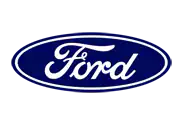


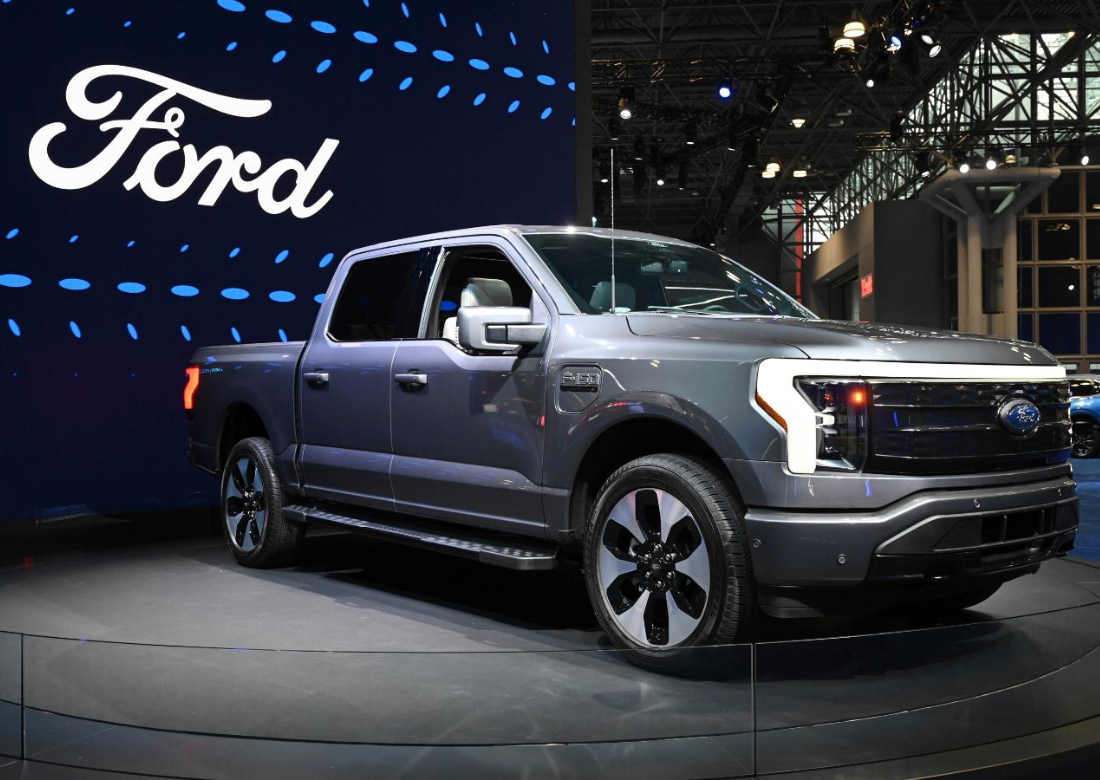


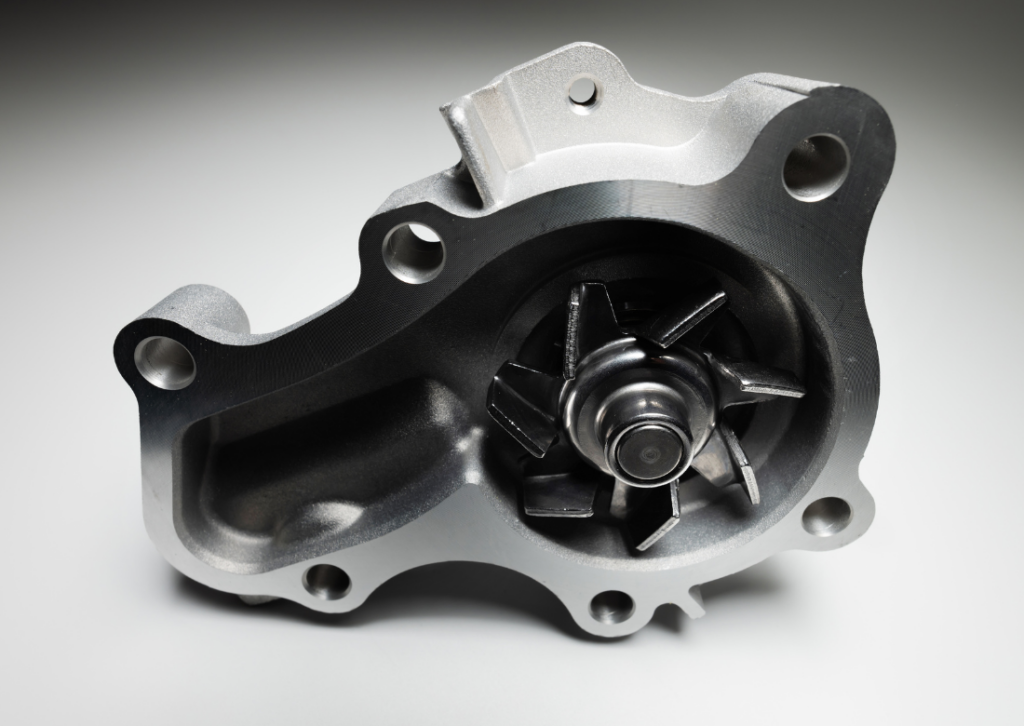
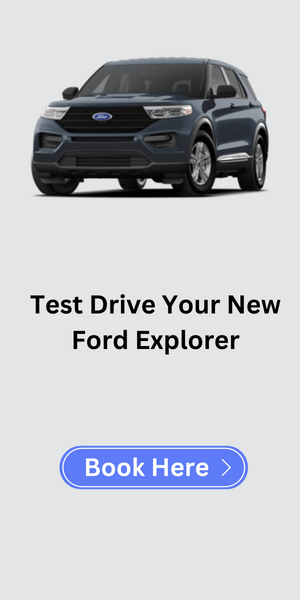
![Magnetic Ford EcoSport Fuel Economy [2023]](https://ford-it.com/wp-content/uploads/2023/10/Magnetic-Ford-EcoSport-fuel-economy-150x150.jpg)
![Ford Edge Titanium With Ceramic Leather [2023]](https://ford-it.com/wp-content/uploads/2023/10/Ford-Edge-Titanium-With-Ceramic-Leather-150x150.jpg)
![Ruby Red Ford Fusion Hybrid Reviews [2023]](https://ford-it.com/wp-content/uploads/2023/10/Ruby-Red-Ford-Fusion-Hybrid-Reviews-150x150.jpg)
![Ford Maverick Lightning Blue Interior Features [2023]](https://ford-it.com/wp-content/uploads/2023/10/Ford-Maverick-Lightning-Blue-Interior-Features-150x150.jpg)
![Ford Explorer Platinum in Star White [2023]](https://ford-it.com/wp-content/uploads/2023/10/Ford-Explorer-Platinum-in-Star-White-150x150.jpg)
![Blue Jeans Ford Ranger Fuel Efficiency [2023]](https://ford-it.com/wp-content/uploads/2023/10/Blue-Jeans-Ford-Ranger-Fuel-Efficiency-150x150.jpg)
![Shadow Black Ford Mustang GT Horsepower [2023]](https://ford-it.com/wp-content/uploads/2023/10/Shadow-Black-Ford-Mustang-GT-Horsepower-150x150.jpg)
![Ford Escape Titanium In Sedona Orange [2023]](https://ford-it.com/wp-content/uploads/2023/10/Ford-Escape-Titanium-In-Sedona-Orange-150x150.jpg)
![Bronze Fire Ford Expedition Off-Road Capabilities [2023]](https://ford-it.com/wp-content/uploads/2023/10/Ford-F-250-Super-Duty-in-Agate-Black-150x150.jpg)
![White Platinum Ford Fusion Reviews [2023]](https://ford-it.com/wp-content/uploads/2023/10/White-Platinum-Ford-Fusion-Reviews-150x150.jpg)
![Magnetic Ford Edge Technology [2023]](https://ford-it.com/wp-content/uploads/2023/10/Magnetic-Ford-Edge-Technology-150x150.jpg)
![Ford EcoSport in Lightning Blue [2023]](https://ford-it.com/wp-content/uploads/2023/10/Ford-EcoSport-in-Lightning-Blue-150x150.jpg)
![Ford Focus ST Performance Blue [2023]](https://ford-it.com/wp-content/uploads/2023/10/Ford-Focus-ST-Performance-Blue-150x150.jpg)
![Gray Ford Ranger Towing Capacity [2023]](https://ford-it.com/wp-content/uploads/2023/10/Gray-Ford-Ranger-Towing-Capacity-150x150.jpg)